Good CFL recessed dimmable brands?
rogerv_gw
14 years ago
Related Stories
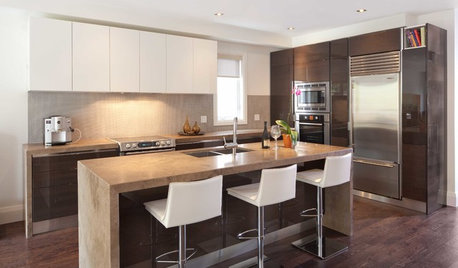
LIGHTINGGet Your Home's Recessed Lighting Right
Learn the formula for how much light a room needs plus how to space downlights, use dimmers and more
Full Story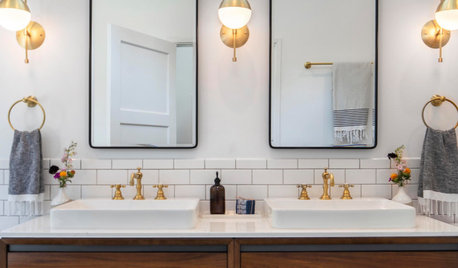
BATHROOM WORKBOOKHow to Get Your Bathroom Vanity Lighting Right
Create a successful lighting plan with tips on where to mount fixtures and other design considerations
Full Story
LIGHTINGWhat to Know About Switching to LED Lightbulbs
If you’ve been thinking about changing over to LEDs but aren't sure how to do it and which to buy, this story is for you
Full Story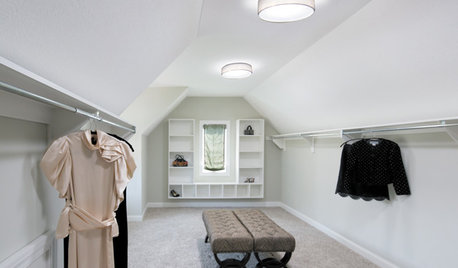
GREAT HOME PROJECTSHow to Add a Skylight or Light Tube
New project for a new year: Increase daylight and maybe even your home’s energy efficiency by opening a room to the sky
Full Story
REMODELING GUIDESBathroom Workbook: How Much Does a Bathroom Remodel Cost?
Learn what features to expect for $3,000 to $100,000-plus, to help you plan your bathroom remodel
Full Story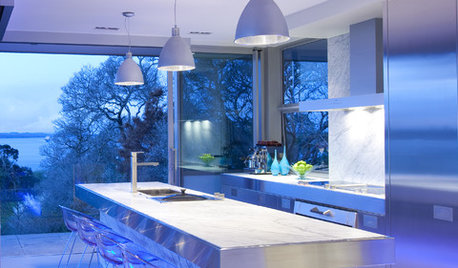
REMODELING GUIDESQuick Fix: Easy Toe-Kick Lighting
Here's a cost-effective way to give your kitchen or bath an unexpected glow
Full Story
LIGHTING5 Questions to Ask for the Best Room Lighting
Get your overhead, task and accent lighting right for decorative beauty, less eyestrain and a focus exactly where you want
Full Story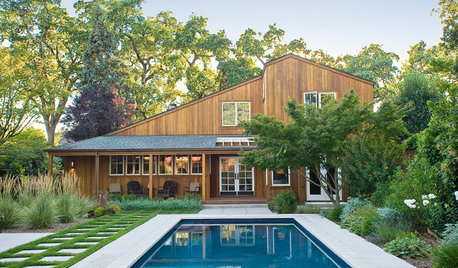
CONTEMPORARY HOMESHouzz Tour: A Wine Country Home, Reinvented Once Again
Ten years after its first renovation, a 4-bedroom Northern California house gets another redo — this time with timelessness in mind
Full Story
LIGHTINGThe Lowdown on High-Efficiency LED Lighting
Learn about LED tapes, ropes, pucks and more to create a flexible and energy-efficient lighting design that looks great
Full Story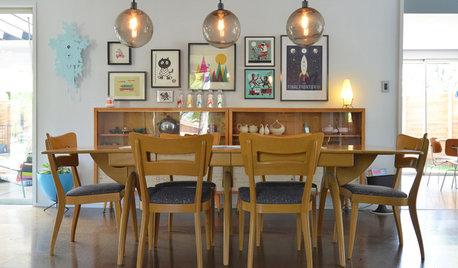
LIGHTINGPersonal Spaces: Homeowners Work Their Pendant Lights
See how all kinds of rooms are getting a lift from hanging lights, both budget-friendly and glam
Full StorySponsored
Columbus Design-Build, Kitchen & Bath Remodeling, Historic Renovations
More Discussions







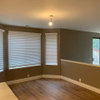
macv
sfjeff
Related Professionals
Fort Washington Lighting · South Bend Lighting · Camarillo Furniture & Accessories · Denver Furniture & Accessories · Houston Furniture & Accessories · Long Beach Furniture & Accessories · Lorton Furniture & Accessories · Mesa Furniture & Accessories · Appleton Interior Designers & Decorators · Bel Air North Interior Designers & Decorators · Linton Hall Interior Designers & Decorators · Tahoe City Interior Designers & Decorators · Batavia Decks, Patios & Outdoor Enclosures · Coatesville Decks, Patios & Outdoor Enclosures · Columbia Decks, Patios & Outdoor Enclosuresrogerv_gwOriginal Author
normclc
rogerv_gwOriginal Author
momisd
momisd
rogerv_gwOriginal Author
normclc
Granite_Man
rogerv_gwOriginal Author